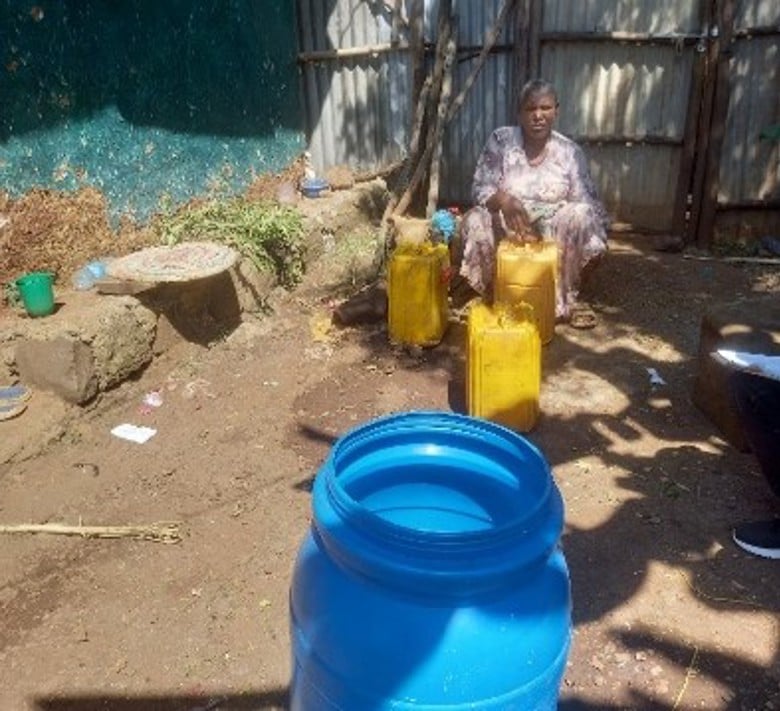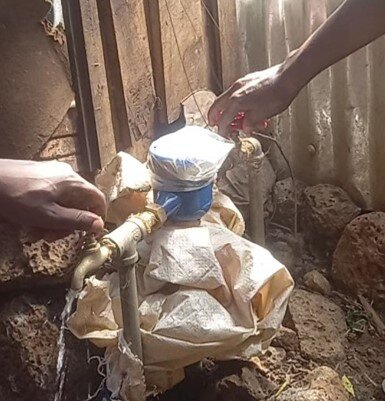No-One Left Behind: How Bahir Dar Water Utility Transformed Access to Clean Water for the Poor

Access to clean water is a human right and a key component in reducing poverty and improving health of the poor. In Bahir Dar City, Ethiopia, with nearly 550,000 residents across 164,000 households, around 16% live in poverty, often in informal housing areas lacking nearby water access.
Bahir Dar Water Supply and Sewerage Service (BDWSS) has the responsibility to provide water and sewerage services to all Bahir Dar citizens. Despite shortage of water and financial resources, BDWSS decided to take on the challenge of ensuring water accessibility for all as their social responsibility.
Addressing Financial Barriers to Water Access
The primary barrier preventing poor households from accessing water connections has been the inability to pay connection fees at one time. They are forced to rely on alternative sources of water, which are far from home, not only less reliable but also much more expensive. While BDWSS has constructed some free connections to poor with the help of donors, a new approach was recently tested with the help of the Helsinki Region Environmental Services Authority (HSY) and the EU WOP project. The new idea is to test the use of interest-free loan services for poor.
HSY, with the help of YoAKin Engineering PLC, assessed the willingness and ability of low-income families to repay water connection loans. The study showed that if loans remained under Birr 10,000 ($100) with long enough repayment periods, families could afford the service. Based on these findings, HSY helped BDWSS to develop a guideline to process the subsidized interest-free loan system in financing water connections for poor.
Implementation and Expansion
Based on the guideline principles, BDWSS budgeted for 100 water connections for poor households in one branch office's service area during the 2023-2024 financial year. Staff were trained on the guideline's principles and the demand for connections was very high and construction progressed smoothly. Encouraged by this success, BDWSS proposed and received approval for 200 additional poor household connections in 2024-2025. In addition, BDWSS decided to conduct an impact assessment of the built 100 connections, which was carried out by the same company who did the willingness and affordability study.
Time-saving, Health, Economic, Equity and Educational Benefits to Communities
The initiative has had significant time-saving, educational, health, and economic benefits. It led to increased water use, with a 135% rise compared to pre-connection levels. Before the water connection, people washed themselves very seldom as the water had to be carried from a distance and it was expensive. Most of the water was used for cooking, drinking and dishwashing
Access to water improved hygiene, with residents now washing clothes and their bodies more frequently. This improved hygiene impact was also confirmed by the people during the assessment: 60% of respondents acknowledged that access to a safe and adequate water supply in their vicinity is crucial in improving hygiene and sanitation standards, while 13% reported that their household members’ health had improved.
Some families shared their water with tenants and neighbors, charging a minimal fee, which helped cover their water bills.
Women and girls, previously burdened with long walks to fetch water, now save up to two hours daily. Many respondents highlighted how this extra time allowed for better household management and educational improvement, with 45% noting enhanced school performance among children.
One respondent’s daughter reported that her education was improved after getting the water supply connection. She explained that she was responsible for fetching water far from her village which took her up to 1 hour. Now she has been using this time to study.
Challenges with Water Supply Interruptions
While many users expressed satisfaction, some reported frequent water supply interruptions caused by electricity cuts affecting the water pumps. Users had to store water in different containers to manage the periods without water supply, but in general customers were satisfied with their new water supply.
Community Engagement and Ownership
The program avoided public announcements, focusing instead on direct outreach through local branch staff and village administration. In the application approval process priority was given to disabled, elderly and female-led households. Residents demonstrated strong ownership, safeguarding their water meters and taps with locally developed protection methods.

Conclusion: A Model for Future Expansion
The successful implementation of interest-free loans for water connections has demonstrated that it is possible to create a structured and lawful approach to providing water access for low-income households, significantly improving their quality of life. However, effective revolving funding is essential for expanding the service in the future for all citizens of Bahir Dar. Therefore, cooperation and partnership building with the developmental actors is needed in ensuring the service's longevity and effectiveness. Sharing lessons learned and adopting best practices from other utilities worldwide will further strengthen and expand the accessibility of water services for disadvantaged communities.